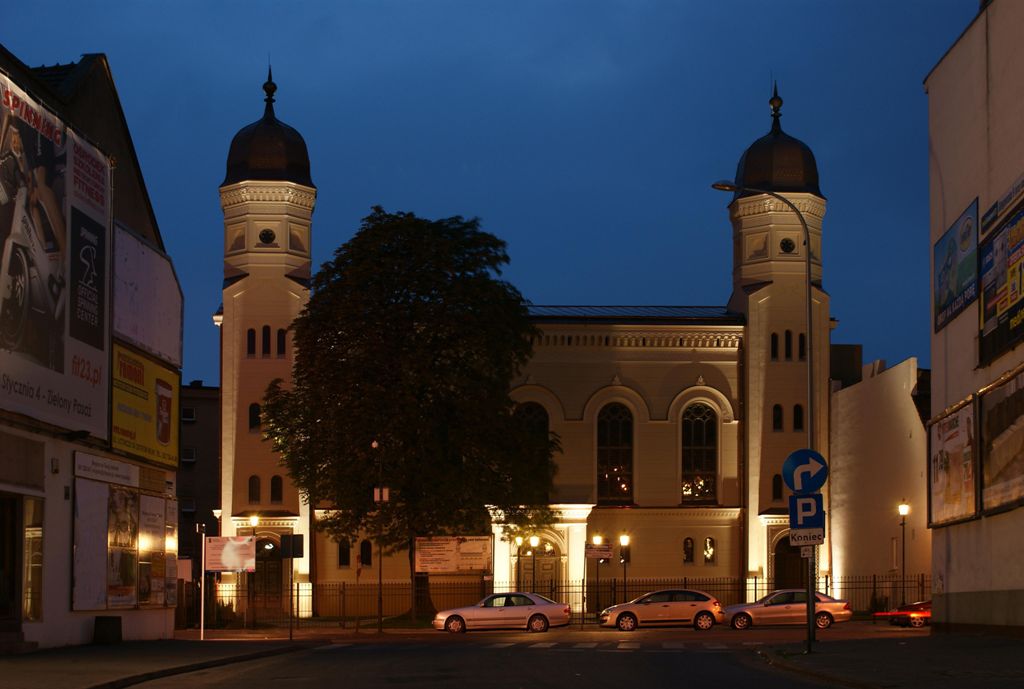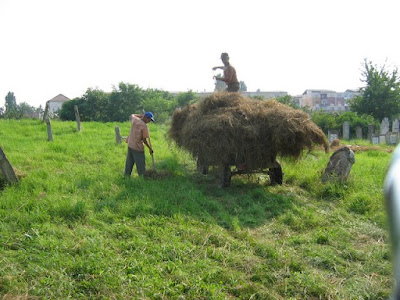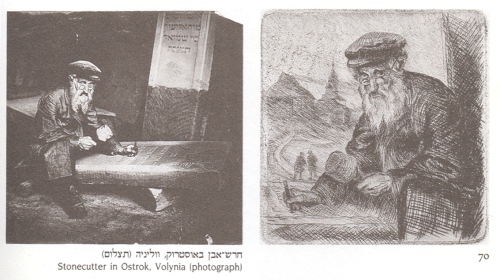 |
| Photo from FODZ web site: fodz.pl |
By Ruth Ellen Gruber
As I've reported earlier,
restoration of the beautiful and important renaissance synagogue in Zamosc, in southeastern Poland, has been completed -- and the dedication of the building, which will be used for cultural purposes, will take place Tuesday. I wish I could attend the ceremony!
According to the Foundation for the Preservation of Jewish Heritage in Poland,
FODZ, which oversaw the restoration project, the synagogue will house a tourist and cultural information center for the FODZ-sponsored
Chassidic Route. A Multimedia Museum of the
History of the Jews of Zamosc and the Surrounding Area will also be established there, in cooperation with the Galicia Jewish Museum in Krakow --
www.galiciajewishmuseum.org . A part of the area will also be adapted for the needs of local NGOs.
Events at the dedication will include a two-day conference, “History and Culture of the Jews in Zamosc and the Zamosc Region," which will be held in the synagogue and kick off a project documenting Jewish history in the town.
AP runs a
lengthy story, highlighting the synagogue's history and the complex restorations process.
The near-absence of Jews today "brings to light what war and genocide and the Holocaust really mean," said Monika Krawczyk, CEO of the Foundation for the Preservation of Jewish Heritage in Poland, the Warsaw-based group that oversaw the preservation work. "Although the Jews in Poland today are small in number, the heritage is absolutely huge."
The renovation took about a year and cost euro1.7 million ($2.4 million), funded mostly by grants from Norway, Iceland and Liechtenstein.
The restored synagogue will be presented to the public Tuesday in a ceremony attended by Jewish leaders, U.S. and Israeli diplomats and city officials. After that, it will serve occasionally as a house of worship for Jewish tourists who visit death camps in the area, including Auschwitz, Belzec and Majdanek. Ultra-Orthodox Jews are also drawn to the region because many founders of the Hassidic movement were from Polish and Ukrainian towns.
Mainly it will serve as a local community center, offering art students a place to show their work, schools a place for seminars, musicians a site for small concerts.

















